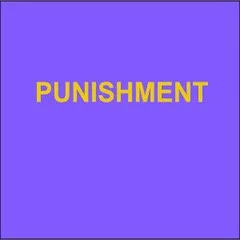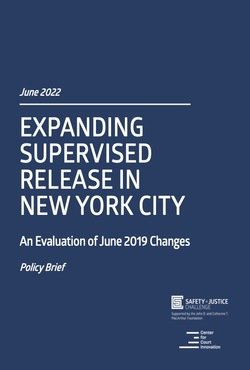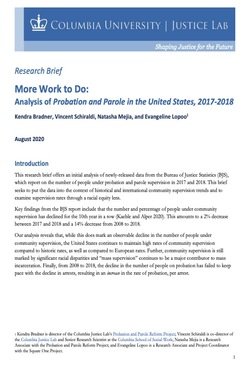By Cheryl Yates
In October 2019, the Iowa Department of Human Rights Division of Criminal and Juvenile Justice Planning (CJJP) was awarded Statistical Analysis Center (SAC) funding through the Bureau of Justice Assistance (BJA), to conduct a longitudinal evaluation of sex offenders serving special sentences in Iowa. The purpose was to evaluate the effectiveness of the special sentence policy and the extent to which it reduced recidivism long-term. The special sentence was enacted in 2005 to mandate extended monitoring of sex offenders in the community for a duration of 10 years or life, depending on the crime. An initial study was conducted by CJJP in 2014 for the former Sex Offender Research Council (SORC). The 2014 study compared recidivism rates of Iowa sex-offenders who were supervised on special sentence to a cohort of sex-offenders who were supervised before the special sentence was enacted. The results showed lower rates of new convictions for sex offenses among those on the special sentence within a three-year tracking period, but higher prison return rates for technical violations presumably a result of the increased monitoring in the community.1 The current study will use a longer, nine-year recidivism tracking period to track the same cohorts studied in 2014. The purpose is to examine whether the special sentence cohort continues to have lower sex offense recidivism rates and higher prison returns over a nine-year tracking. The evaluation questions investigated in this report include the following: Is the low likelihood of sexual reoffending sustained longer-term? Does special sentence monitoring continue to result in more technical violations and time incarcerated for sex offenders on the special sentence compared to the pre-special sentence cohort? What are the estimated costs and what resources might be needed in the future to sustain this intensive supervision? What is the expected forecasted growth of offenders serving a special sentence in the community and those who are in the prison population? As outlined in the SAC grant proposal, multiple indicators of recidivism will be examined, including any conviction, felony conviction only, sex conviction, felony sex conviction, and revocation (prison return due to technical violation or new conviction). The study will also examine the demographics of sex offenders, their convicting offense, risk levels, and treatment participation; the number of offenders on the special sentence and forecasted; and costs of the special sentence and alternatives.
Iowa Division of Criminal and Juvenile Justice Planning (CJJP) , 2021. 52p.







